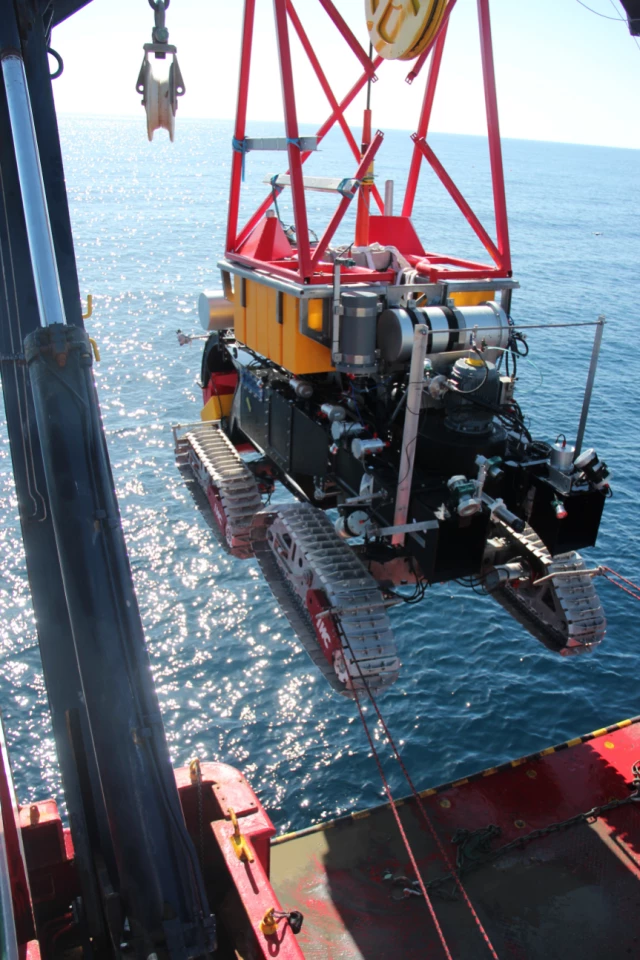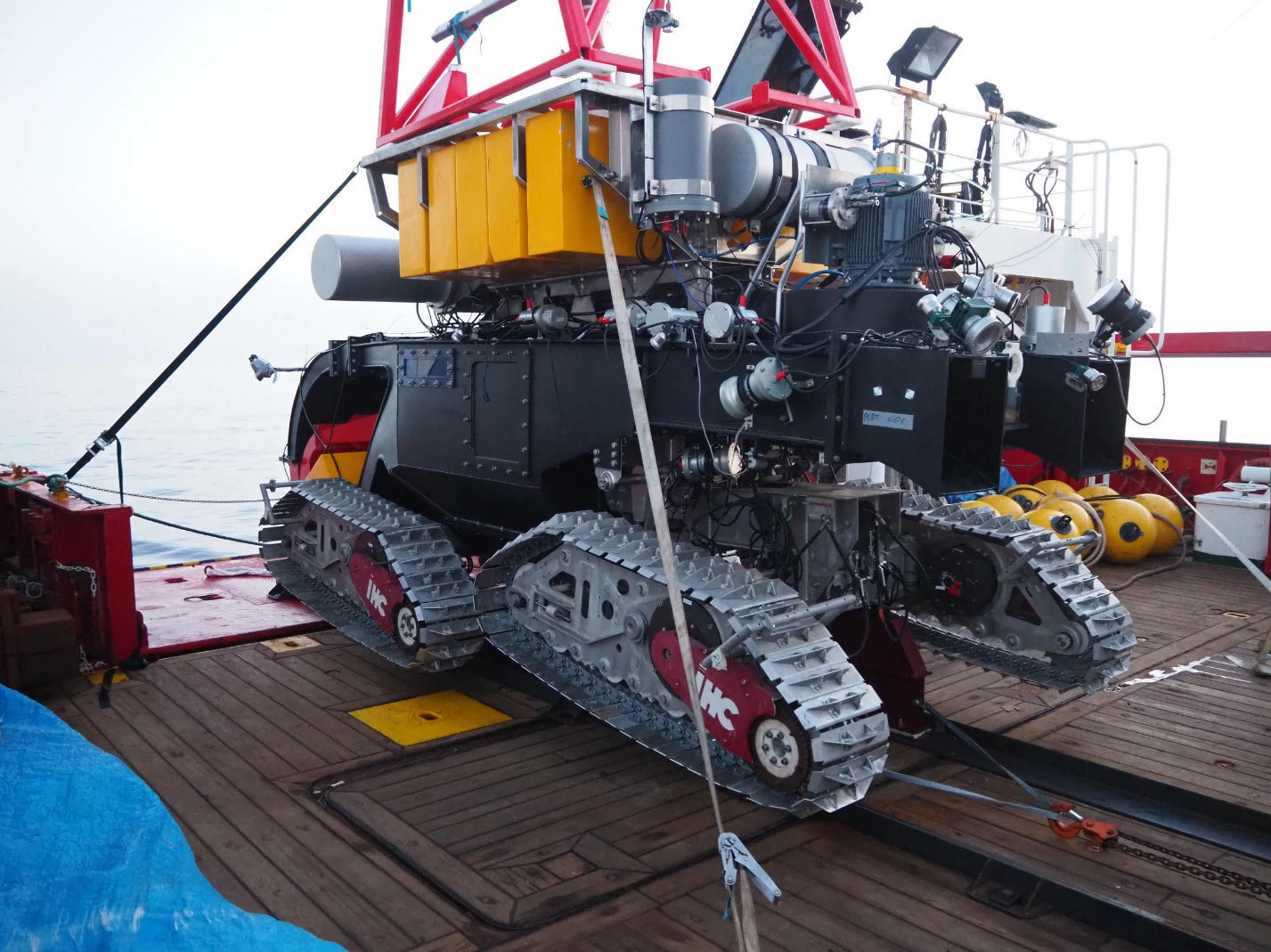The seafloor is rich in valuable metals, but gathering them is disruptive to the environment. An international project has now tested a system called Apollo 2, which can vacuum up metal nodules without kicking up sediment.
In some areas, the bottom of the ocean is littered with polymetallic nodules – nuggets measuring as much as 14 cm (5.5 in) long and containing elements like copper, cobalt, nickel and manganese, all of which are useful for electronics and renewable energy systems. Best of all, they’re often just sitting there loose on the seafloor, ready to be picked up.
The problem, of course, is that they can lie several miles below the surface, so the logistics of gathering it all is tricky. Worse still, it’s hard to do so without causing major disruption to the environment down there. One of the biggest impacts comes from plumes of sediment kicked up by mining operations, which can disrupt food webs.
Enter Blue Harvesting, a project involving nine institutions across five countries to design, build and test a machine that can collect these nodules with minimal environmental impact. The end result of two and a half years of work is the Apollo 2.
This machine functions like a big “vacuum cleaner” that can suck up nodules. It’s electric-powered and the collection apparatus itself runs on hydraulics, taken from seawater around it. That said, it’s designed to take in less water and sediment than other systems of its kind, and importantly it recirculates sediment clouds back into the collector, rather than just kicking them up behind it as it goes.

Over a three-week period recently, the team tested a prototype of the Apollo 2 in a test field about 15 to 20 km (9 to 12 miles) south of Malaga, Spain, at a depth of around 300 m (985 ft). Here, the team says conditions are very similar to those in the deep sea. Artificial nodules were dotted along a series of strips about 50 m (164 ft) long, and the machine’s progress was monitored by its sensors, along with an array of remote-operated and autonomous underwater vehicles carrying cameras and sonar.
“Apollo 2 proved extremely efficient at picking up the nodules without causing large dust clouds of sediment,” said Rudy Helmons, project coordinator of Blue Harvesting. “In fact, these ‘plumes’ seemed to be smaller than usual and contained significantly less sediment than expected.”
Further tests will be conducted in a polymetallic nodule field in the deep sea of the Northeast Atlantic Ocean, the team says.
Source: TU Delft





